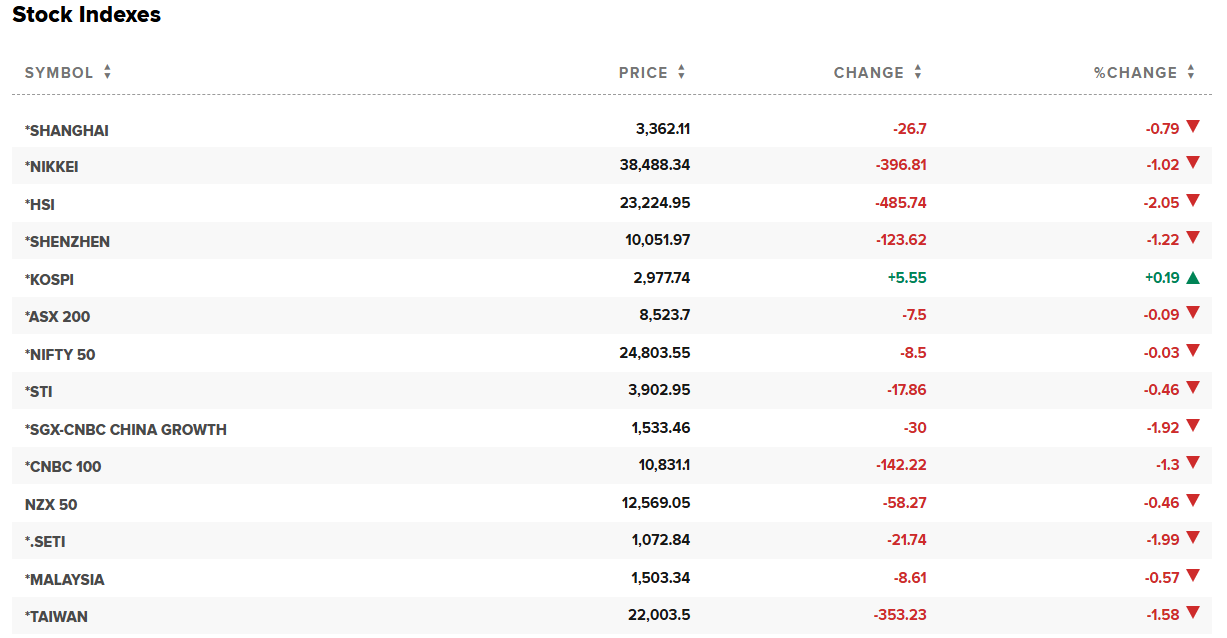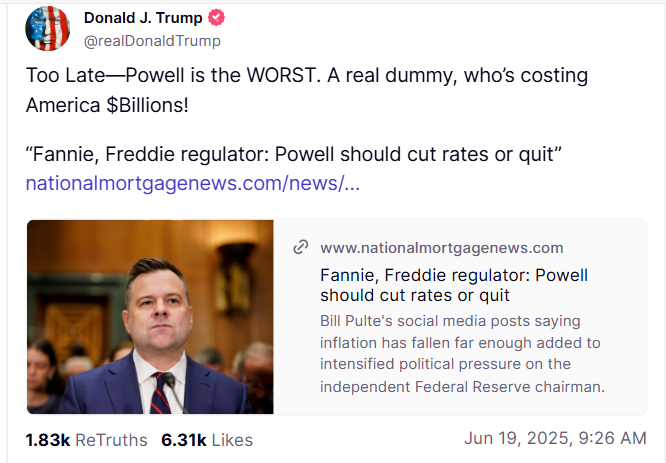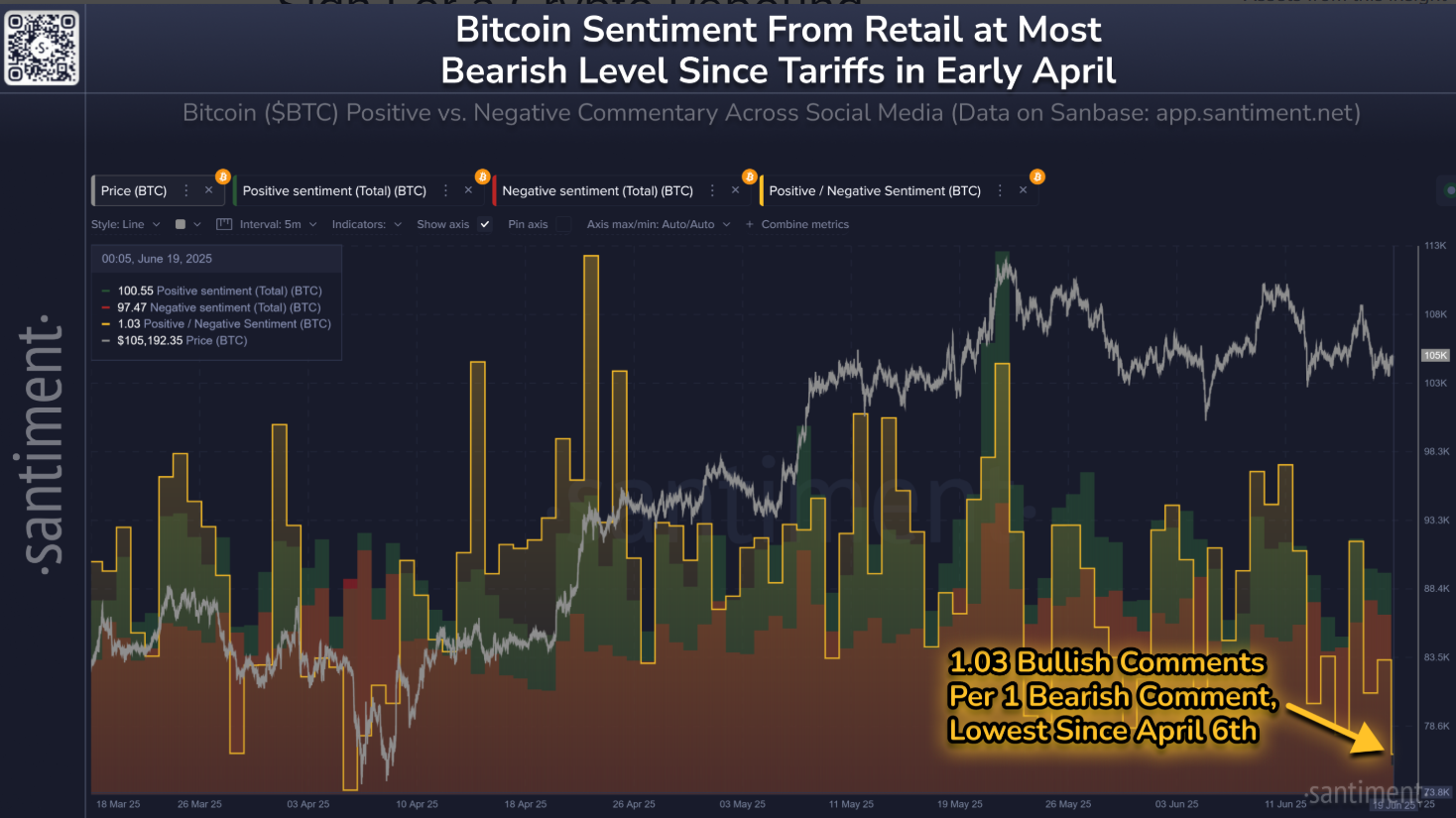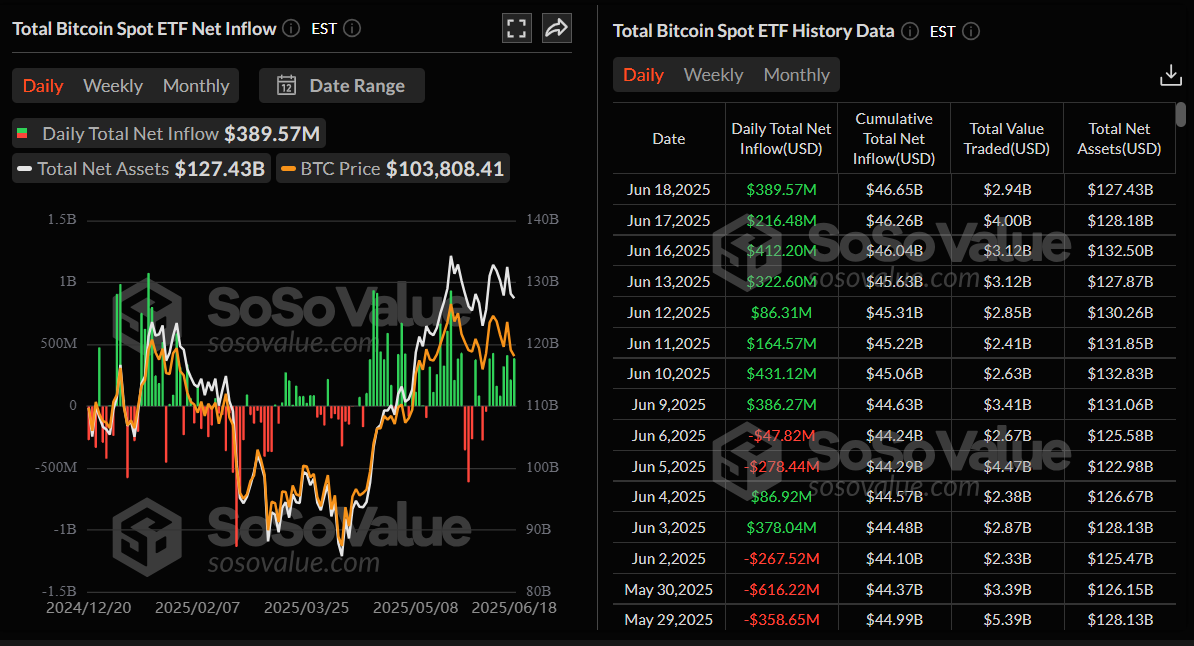🚨 Bitcoin at Breaking Point: BTC Teeters on Edge as US-Iran Tensions Escalate
Geopolitical shockwaves hit crypto markets as Bitcoin flirts with critical support levels. The world's largest digital asset faces its sternest test yet amid rising Middle East tensions.
The Fear Factor: Traders dump risk assets as safe-haven flows dominate. BTC's correlation with traditional markets gets thrown into sharp relief—just when maximalists thought we'd decoupled.
Liquidity Crunch: Order books thin out faster than a Wall Street banker's patience during a bear market. The $60K level becomes make-or-break for short-term sentiment.
Institutional Paradox: While gold spikes, Bitcoin struggles—proving even 'digital gold' can't escape its volatile adolescence when geopolitics heat up. (Cue eye-roll from legacy finance dinosaurs.)
One thing's certain: the next 72 hours will separate the diamond hands from the paper-handed tourists. Buckle up.
US prepares strike on Iran, says Bloomberg
The ongoing seven-day war between Iran and Israel took a major turn early on Thursday, as the news came in that the US officials are preparing for a strike on Iran in the coming days, according to Bloomberg.

The chart below shows that the Asian markets reacted negatively to this news. However, the largest cryptocurrency by market capitalization had a mild effect, as BTC holds around $104,700 during the early European session.

Asian markets chart.
However, BTC traders should still remain cautious, as volatility could increase if the US attacks Iran in the upcoming days, which could further weigh on sentiment, potentially causing a sharp decline in the BTC price.
US Fed holds interest rates amid tariffs and Israel-Iran conflict
The US Federal Reserve (Fed) kept the interest rate unchanged at the 4.25%–4.50% range at its June meeting on Wednesday, as widely expected. The Federal Open Market Committee (FOMC) still sees around 50 basis points of interest rate cuts through the end of 2025.
Fed Chair Jerome Powell warned that ongoing policy uncertainty will keep the Fed in a rate-hold stance, and any rate cuts will be contingent on labor and inflation data.
The markets remained neutral, as an unchanged interest rate was highly expected.
On Thursday, US President Donald TRUMP posted on his Truth Social account, “Too Late—Powell is the WORST. A real dummy, who’s costing America $Billions!”

Some signs of optimism
Despite the fear and uncertainty regarding geopolitical conflicts, BTC shows some signs of optimism. Santiment's Bitcoin positive vs. negative commentary across social media data shows that Bitcoin sentiment from retail traders reaches 1.03 bullish comments for every 1 bearish comment, a level not seen since the Fear, Uncertainty and Doubt (FUD) during the initial tariff reactions on April 6. Historically, the markets have moved in opposite directions to retail sentiment, indicating early bullish signs for BTC.

Retail sentiment chart. Source: Santiment
Looking at the institutional demand also remains strong. According to SoSoValue data, US spot bitcoin Exchange Traded Funds (ETFs) recorded an inflow of $389.57 million on Wednesday, continuing its eight-day streak of gains since June 9. If these inflows continue, it could serve as a cushion for any price dips in BTC.

Total Bitcoin Sport ETF net inflow daily chart. Source: SoSoValue
Bitcoin Price Forecast: 50-day EMA holding BTC for now
Bitcoin price drew liquidity from its Fair Value Gap (FVG) around $108,064 on Monday and declined by 2.1% the following day. BTC has retested and found support multiple times around the 50-day Exponential Moving Average (EMA) at approximately $103,100, highlighting its strength as dynamic support. At the time of writing on Thursday, BTC trades at around $104,800.
If BTC continues its pullback and closes below the 50-day EMA at $103,100 on a daily basis, it could extend the decline to retest its key psychologically important level at $100,000.
The Relative Strength Index (RSI) momentum indicator on the daily chart reads 47, below its neutral level of 50, indicating that bearish momentum is gaining traction. The Moving Average Convergence Divergence (MACD) indicator displayed a bearish crossover last week. It also shows rising red histogram bars below its neutral level, indicating bearish momentum and giving credence to the downward trend.

BTC/USDT daily chart
On the contrary, if BTC closes above its FVG level at $108,064, it could extend the recovery toward retesting its May 22 all-time high of $111,980.
Crypto ETF FAQs
What is an ETF?
An Exchange-Traded Fund (ETF) is an investment vehicle or an index that tracks the price of an underlying asset. ETFs can not only track a single asset, but a group of assets and sectors. For example, a Bitcoin ETF tracks Bitcoin’s price. ETF is a tool used by investors to gain exposure to a certain asset.
Is Bitcoin futures ETF approved?
Yes. The first Bitcoin futures ETF in the US was approved by the US Securities & Exchange Commission in October 2021. A total of seven Bitcoin futures ETFs have been approved, with more than 20 still waiting for the regulator’s permission. The SEC says that the cryptocurrency industry is new and subject to manipulation, which is why it has been delaying crypto-related futures ETFs for the last few years.
Is Bitcoin spot ETF approved?
Yes. The SEC approved in January 2024 the listing and trading of several Bitcoin spot Exchange-Traded Funds, opening the door to institutional capital and mainstream investors to trade the main crypto currency. The decision was hailed by the industry as a game changer.
Which are the pros and cons of crypto ETFs?
The main advantage of crypto ETFs is the possibility of gaining exposure to a cryptocurrency without ownership, reducing the risk and cost of holding the asset. Other pros are a lower learning curve and higher security for investors since ETFs take charge of securing the underlying asset holdings. As for the main drawbacks, the main one is that as an investor you can’t have direct ownership of the asset, or, as they say in crypto, “not your keys, not your coins.” Other disadvantages are higher costs associated with holding crypto since ETFs charge fees for active management. Finally, even though investing in ETFs reduces the risk of holding an asset, price swings in the underlying cryptocurrency are likely to be reflected in the investment vehicle too.

